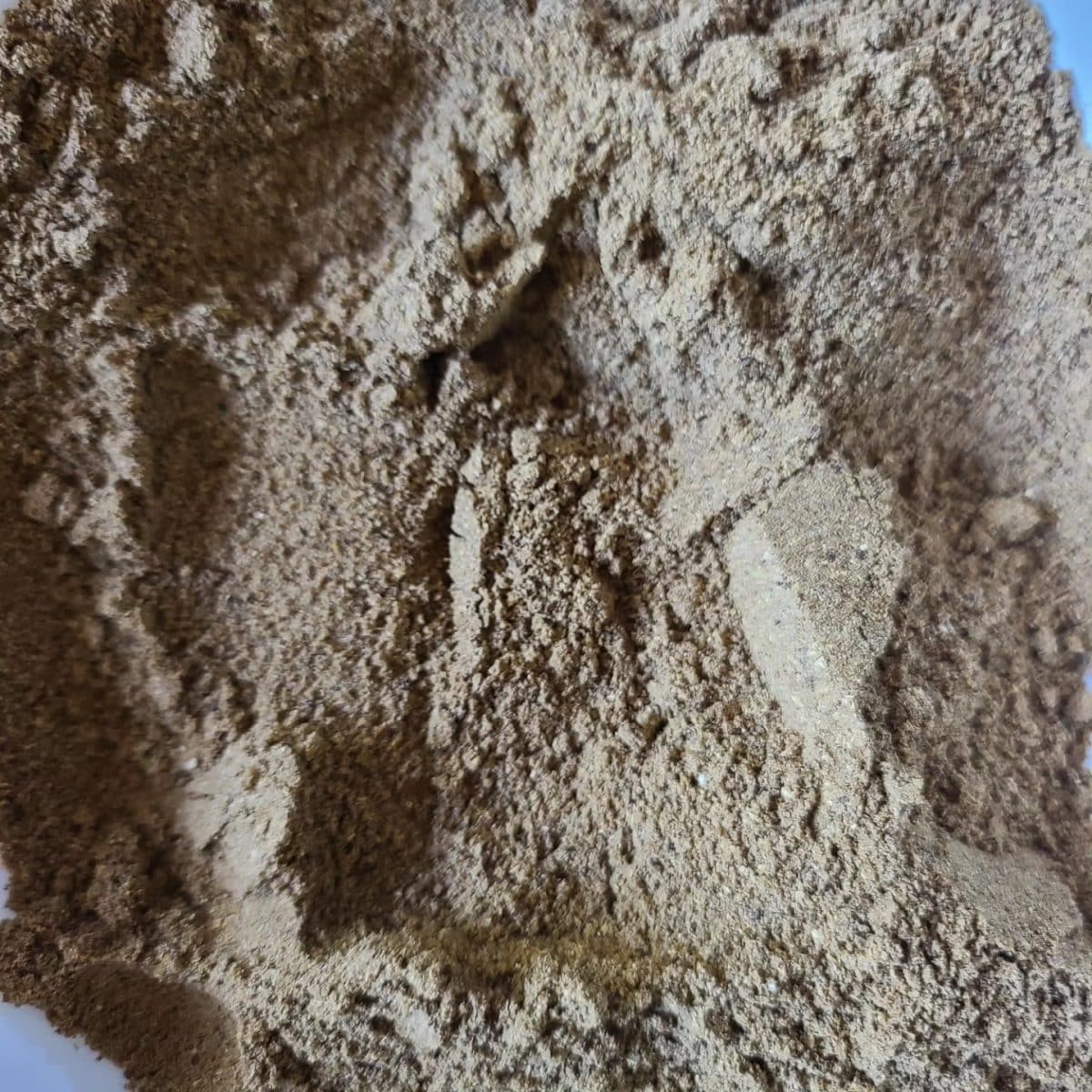Masala Spice Blends Made at Home
Preparing and combining masala and curry powders at home is more than just a cooking activity.
It is a journey filled with nostalgia and family tradition. Watching my parents engage in this aromatic ritual during my childhood, I was not only captivated by the delightful scents but also by the careful process. As I reminisce about those cherished memories, it becomes clear that my passion for flavor and spice blending was nurtured from an early age.
In traditional Indian households, roasting and blending spices holds great significance as part of culinary heritage.
It goes beyond mere cooking; it involves crafting unique flavors and creating a symphony of tastes that bring people together. My parents, with their traditional techniques, passed on their knowledge to me, ensuring the continuation of our family. As I grind and blend the spices, I not only create a fragrant masterpiece but also invoke cherished memories of my parents’ dedication to this culinary craft. Every whiff and every step I take reconnects me to those moments of learning and appreciation. Now, armed with the techniques and knowledge passed down to me, I continue the legacy by using these homemade masalas and curry powders in my own kitchen and business.
The flavors that permeate my dishes serve as a testimony to my upbringing and the expertise inherited through generations.
No store-bought blend can replicate the passion and personal touch that goes into a homemade masala. Your commitment to roasting and blending spices at home not only enriches your cooking but also preserves the bond you share with your family, bridging the gap between generations and fostering a deep sense of culinary and cultural appreciation. So, as you continue on this aromatic journey, remember to share your skills and insights with others, nurturing a love for traditional cooking and inspiring a new wave of home chefs to embrace the art of roasting and blending masala and curry powders.
Creating your own spice blends has several benefits.
Customization: You have complete control over the quantity and type of each spice and can adjust ratios according to your personal preferences or dietary needs, which is not possible with pre-packaged blends.
Freshness: The pre-packaged blends may sit there for a long time and can lose their potency and flavor. Blending them yourself will result in a fresher, fuller-flavored spice mix.
Healthier: Sometimes, store-bought blends include preservatives, additives, salt, or sugar.
Cost-effective: If you cook regularly, making your own blends can be more economical. You can purchase basic spices in bulk and create several different blends, rather than buying separate pre-mixed blends for different dishes.
Experience and Satisfaction: Spice blending can be a fun and rewarding kitchen experiment. It also allows you to gain a deeper understanding of how different flavors work together, making you a more skilled and confident cook overall.
Create a blend that becomes part of a family tradition recipe and gets passed down through the generations.
Selecting which masala blends will be most useful depends on several factors.
If you have never made your own spice blend before, start by making a blend for your favorite Indian dish. Once you are more comfortable with the process branch out and experiment with new blends. Research the different blends and consider trying ones from different regions. For example, Garam masala is popular in North India, while Sambar masala is a staple in South Indian cuisine. Another consideration is spice tolerance. Some masala blends, like Madras curry powder, can be quite spicy. Others, like tandoori masala, may be milder on average.

Choose your spices
Creating masala blends involves carefully selecting and combining spices to achieve a balance of flavors that aligns with various regional cuisine tastes. It’s a delicate process that intricacies unique to each spice’s aroma, taste, and health benefits. The freshness of the spices directly affects the overall flavor of the homemade blends. Common ingredients used in these masalas include cumin, coriander seeds, mustard seeds, fenugreek, fennel, cardamom, cloves, cinnamon, and turmeric.
Different masala blends require different spices. For instance, a typical Garam Masala blend might include spices like cloves, bay leaves, black pepper, cumin, and cinnamon, while a Chai Masala might require cardamom, cloves, cinnamon, black pepper, and ginger. Always source high-quality, fresh spices.
Roasting: Roasting is essential as it helps to release the oil from spices which gives masalas their deep, complex flavor. Spices can be roasted in a dry skillet or a preheated oven. It is important to closely monitor them and gently shake the pan or stir the spices to prevent them from burning. As the spices release their flavors, their colors deepen. Be careful not to over roast as it can burn the spices and give a bitter taste.
Cooling: The cooling process is crucial to prevent moisture from getting trapped, which could impact the quality and shelf life of the final blend.
Grinding: Once cooled, the spices can be ground using a mortar and pestle, spice grinder, or a powerful blender. This can be as coarse or as fine as you want depending on the end use of the masala. Blending the roasted and ground spices is where your creativity takes center stage.
This is your chance to experiment with different proportions and combinations to create your unique masala. You may choose to adjust the intensity of flavors or add an ingredient that further personalizes the blend.
In terms of flavor, pay attention to the following:
Balance: This is the key to making masala blends. Avoid allowing one spice to overpower others unless it’s the key ingredient.
Freshness: This highly affects the flavor. Always use freshly ground spices for masalas as they have the strongest scent and deepest flavors.
For authenticity:
Research: Authenticity in spice blends lies in understanding the cuisine. Different cuisines have their unique blends and use of spices.
Traditional ratios: Try to follow traditional ratios. Many cultures have specific ways they blend their spice, and adhering to these ratios can ensure an authentic flavor.
Spices are very powerful, and a little can go a long way.
So, take your time to experiment with the ratios until you find what works best for your palate.
Both masala and curry powder should be stored in a cool, dark, and dry place. Light, heat, and moisture can degrade the quality of your spices faster. Store in airtight containers. Glass jars with tight lids are ideal. Avoid clear glass if they’re in a place where they can be exposed to light. Ground spices like masala and curry powder generally maintain their best quality for about 2-3 years. However, they don’t spoil as such; instead, over time, they lose their potency and flavor.
Remember to check your masala and curry powder for their smell and color. If the color has faded significantly or if they have lost their strong aroma, it might be time to replace them. It’s a good practice to label the jars with the date of blending.
Equipment you will need
Blender/Food Processor: For grinding whole spices into a fine powder or making a paste from a combination of spices, garlic, ginger, and other ingredients.
Spice Grinder: A dedicated spice grinder can grind spices even more finely, bringing out their full flavor. It’s particularly useful when you’re working with hard spices like cinnamon sticks or nutmeg.
Mortar and Pestle: For a more traditional approach, a mortar and pestle can be used to crush and blend spices. They’re particularly good to use when you want to lightly crush spices to release their flavors, but not turn them into a powder.
Frying Pan/Skillet: Some masalas require you to roast the spices slightly before grinding, for which a frying pan or skillet is essential.
Heatproof container: For storing the masala, you’ll need a heatproof and airtight container to keep it fresh and flavorful.
Strainer: Useful if you need to sift out larger spice pieces after grinding.
Measuring Spoons/Cups: Most masalas require precise quantities of each spice for a balanced flavor profile.
Clean all equipment thoroughly, especially the grinder and blender, before and after using them to prevent contamination of flavors between different spice blends.

